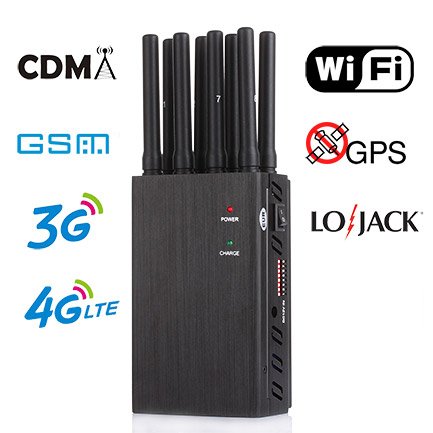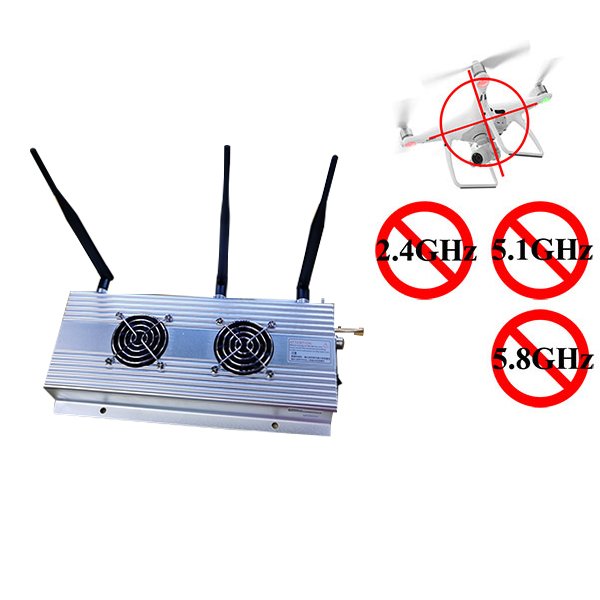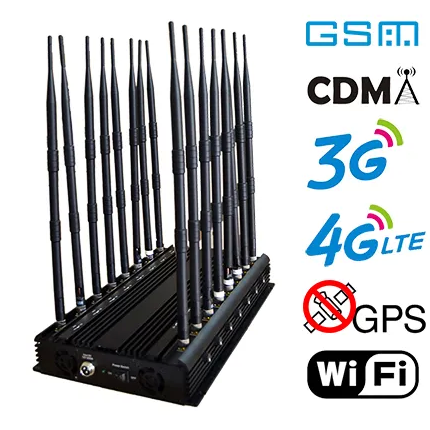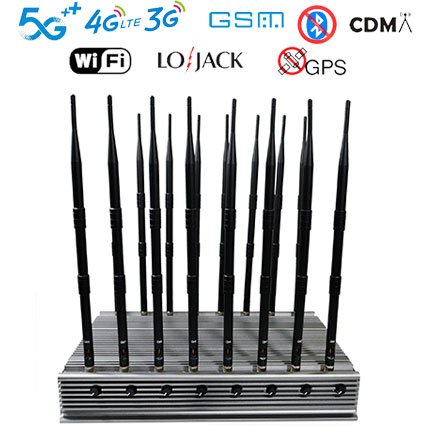Protecting Data with Signal Jammers: Boosting Security in a Connected World
Hackers are rampant online, trying to steal data, and the Equifax data breach is a recent prominent example that affected more than 140 million Americans.
In this age of ever-improving hacking techniques, it is vital to take extra steps to protect our personal information. Fortunately, advanced technologies like signal jammers provide an extra layer of protection.
The Equifax data breach exposed highly sensitive data like social security numbers and dates of birth, highlighting the severity of the problem. Hacking incidents occur every day around the world, and hackers are constantly adapting to technological advancements. Therefore, businesses and organizations that handle sensitive data must invest in enhanced security measures like signal jammers.
Even if you think that turning off your computer and leaving the office will protect your data, you must reconsider. Hackers no longer need to be online to breach security measures.
In this article, we will explore how signal jammers can protect data while offline.
Signal Jammers Are Not New
Signal jammers are not a recent phenomenon, they have been around in various forms for many years. Their origins can be traced back to the days of radio waves.
Today, signal jammers are used in a variety of fields. Testing agencies use them to prevent cheating on exams, while operating rooms use them to protect equipment from certain signal interference. The private sector often, if not always, relies on signal jammers to combat data attacks and hacking. There are even examples of churches using signal jammers to restrict cell phone use.
The technology behind signal jammers is able to block a variety of signals, including cellular, Wi-Fi, and radio frequencies. By hindering the transmission of signals between devices, these jammers can effectively block attempts to steal data.
Essentially, to prevent data theft, it is critical to block the signals that travel between our technological devices. Signal jammers offer a powerful solution to this challenge.

Protecting Data in the Digital Age: The Role of Jammers
In the past, hackers could only conduct nefarious activities if they had direct access to a computer or database. However, the advent of the Internet has opened up covert channels, and now hackers can steal data without even relying on a network.
A recent report in The New York Times revealed a new technology developed by the National Security Agency that can provide unauthorized access to offline computers. The discovery has heightened hacker awareness and further highlighted the evolving threats we face.
While it may not be possible to prevent all threats, companies must take every possible step to protect their data. This requires investing in robust procedures and cutting-edge technology to block unauthorized access and prevent the leakage of sensitive information.
Hackers have become adept at using techniques such as electromagnetic radiation espionage to break through steel walls, or using a smartphone’s accelerometer as a keylogger. In addition, businesses and organizations must also consider protecting data that is transmitted over internal Wi-Fi networks within their premises. The task at hand is extremely complex.
Luckily, jammers offer a solution.
Jammers play a vital role in combating these threats by interfering with and blocking unauthorized signals. They form a powerful defense mechanism that prevents unauthorized access and keeps sensitive data safe.
In this digital age where the risk of data breaches is omnipresent, adopting jammers is a smart move to increase protection of valuable information. By investing in these devices, businesses and organizations can strengthen their security posture and thwart potential attacks.
Understanding Signal Interference: Protecting Information and Data
Let’s consider the following scenario:
Imagine you have a friend whispering secrets to you in a large room. As you approach, you can clearly hear those secrets. Even standing far away, you can still hear snippets of whispers bouncing off the walls.
This situation wouldn’t be a problem until someone new entered the room. This stranger would be able to overhear all of your secrets no matter where they were standing.
So, how do you fix this? You introduce a lot of extra noise.
That’s how signal jammers work. Depending on the type of signal being targeted, a jammer creates enough interference noise to scatter or interfere with a signal of a specific wavelength.
Think of it this way: if you bring a group of people into that large room, the noise of their conversations will drown out the whispered secrets. Some jammers operate like a person shouting into the ears of anyone trying to listen in.
Signal jammers play a vital role in protecting your information by scrambling data or making it incomprehensible to potential hackers.
Protecting Data Beyond Online Connections
Many people assume that if a computer is turned off or offline, the information stored in it is safe. Unfortunately, this is not always the case.
Hackers can employ a variety of techniques and tricks to steal data from short distances. That’s where signal jammers come into play.
Signal jammers can prevent people from using their phones at ranges greater than 70 feet. They can also block Wi-Fi signals, effectively thwarting attempts to steal data from the air.
Even if you’re out of the office or your computer is inactive, a nearby jammer can prevent data exfiltration by creating a continuous storm of frequency noise, making unauthorized access extremely challenging.

Ensure strong protection against innovative hackers
Recently, examples have emerged online of hackers using ingenious methods to obtain data from the private sector. These hackers even resorted to recording data from machines that interpret computer information.
One of the latest and most daring techniques is the use of drones, remote-controlled aircraft to steal information from the private sector.
The question arises: how to protect data when no one is present to catch the criminal? Or when the criminal is operating via drones?
Some organizations choose to paint their walls with paint containing copper flakes to prevent information leakage. Other organizations rely on signal jammers to effectively scramble their data, whether the data is leaked or not.
Signal jammers have the ability to scramble various frequencies, including those used by hackers. By emitting powerful frequency noise, signal jammers disrupt the communication between hackers and their devices.
The extent of this frequency contamination depends on the specific product purchased to ensure security at a considerable distance.
Prudent precautions
The days of relying solely on pen and paper to store data are gone. We now have computer chips and the cloud as the ultimate means of storing information. However, hackers continue to design new devices, such as drones, to hack into these databases every day.
The battle to protect our data continues, and you can rest assured knowing that your information is safe with a jammer.
If you’re looking for a durable, high-quality jammer, you’ve come to the right place! Browse our selection to find the ideal jammer for your specific requirements, and enjoy the added convenience of free shipping!







